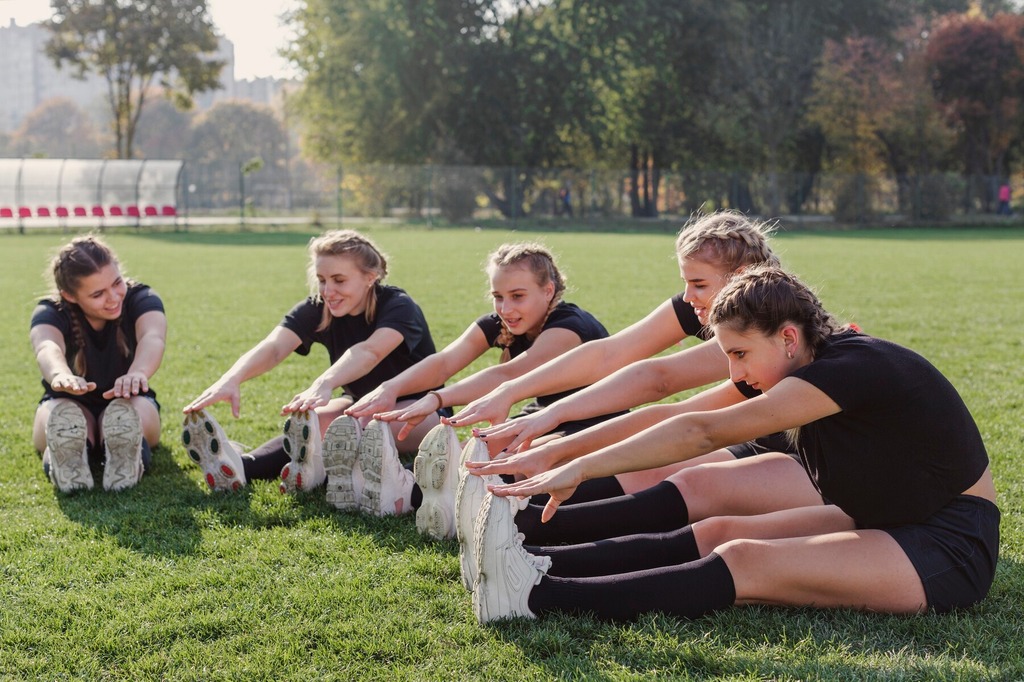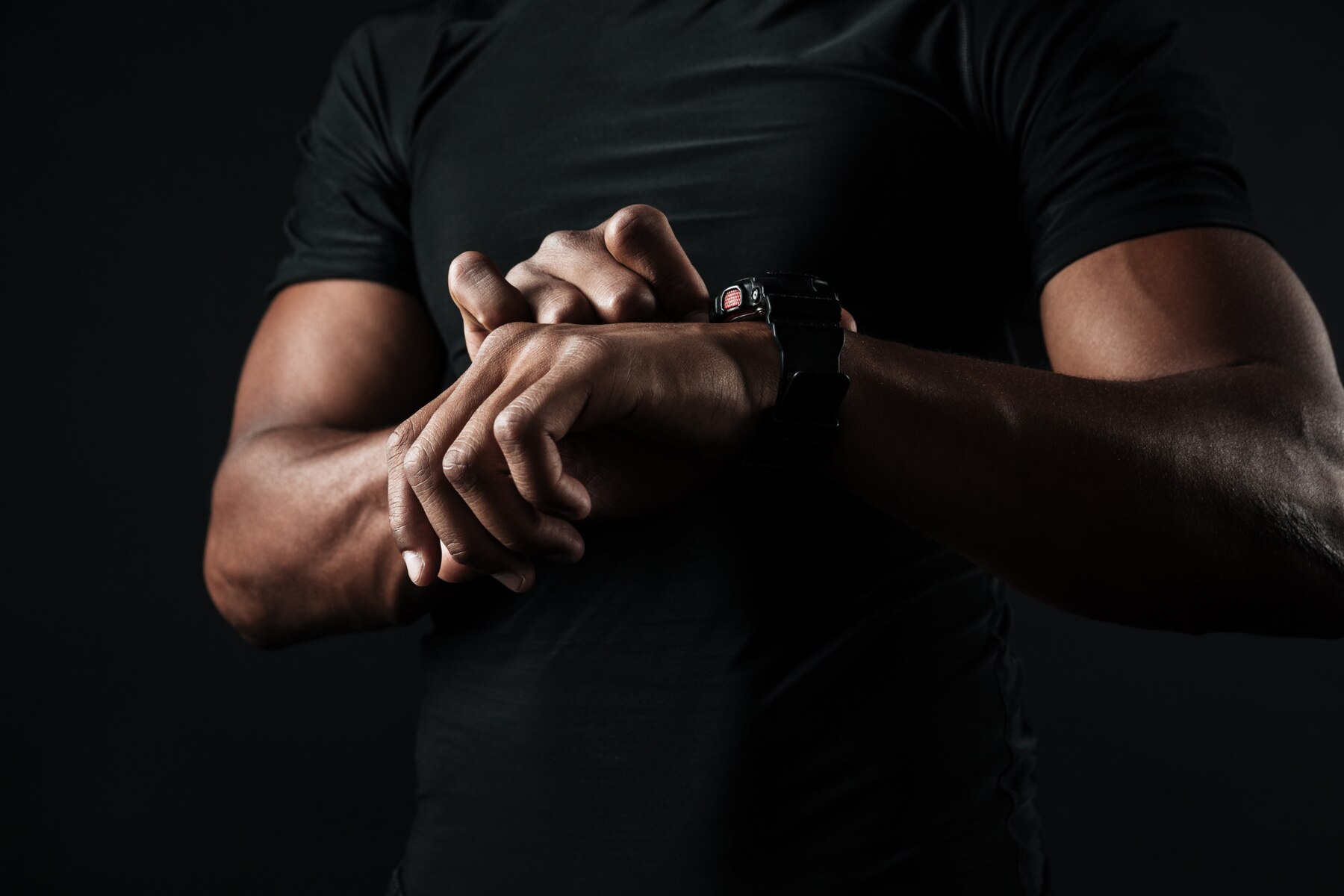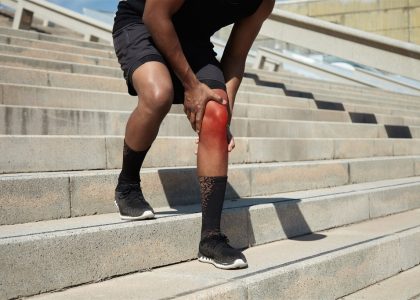Are you someone who’s always striving for improvement in your fitness routine? Do you find the beep test challenging but want to conquer it confidently?
If so, we’ve got you covered.
Today, we’re going to talk about the beep test – a challenging but incredibly effective way to measure and improve your cardiovascular fitness.
Whether you’re training for a specific sport, aiming to crush your personal best, or simply looking to enhance your overall fitness level, the beep test offers something for everyone.
But how exactly can you improve your performance in this demanding test?
Curious about the strategies athletes use to excel in the beep test/yo-yo test?
Ready to learn how to train smarter, not just harder, for better beep test results?
From training techniques to mental preparation, we’ll break down everything you need to know to improve your beep test score:
How To Improve Your Beep Test AKA Yo-Yo Test?
If you are looking to improve your beep test (also known as bleep test or yo-yo test), here are the best tips to get going:
1. Never Underestimate A Warm-Up

A warm-up isn’t just a routine; it’s a vital aspect of any physical activity that primes your body for optimal performance and reduces the risk of injury.
When you warm up, you increase blood flow to your muscles, which enhances flexibility and range of motion.
This prepares your body for the specific movements involved in the beep test, allowing you to move more efficiently and effectively.
Additionally, a proper warm-up mentally prepares you for the physical challenge ahead, helping you focus and get in the right mindset for success.
2. Prioritize Relevant Physical Training
Training with purpose is key to improving your performance in the beep test.
By focusing on exercises that closely resemble the demands of the test, such as interval training, sprinting drills, and cardiovascular workouts, you can specifically target the muscles and energy systems needed to excel.
This targeted approach not only improves your physical conditioning but also enhances your ability to sustain effort over the duration of the test.
You’ll see tangible improvements in your beep test results by prioritizing relevant training.
3. Turn Strategically (Avoid Wide Turns)
Sharp and efficient turns are essential for maintaining momentum and conserving energy during the beep test.
By mastering proper turning technique, you can minimize the time and effort spent changing direction, allowing you to focus your energy on accelerating and decelerating effectively.
Avoiding wide turns are crucial because excessive lateral movement wastes valuable time and can lead to unnecessary fatigue.
Instead, focus on pivoting quickly on your inside foot, maintaining balance, and smoothly transitioning between shuttle runs as a way of improving your bleep test score.
By turning strategically, you can shave precious seconds off your time and maximize your overall performance.
4. Use Pacing Tactics
Pacing is a strategic skill that can help improve your performance in the beep test/yo yo test.
Starting too fast can lead to early fatigue and a rapid decline in performance, while starting too slow may leave you with insufficient time to reach higher levels.
By pacing yourself strategically, you can maintain a consistent effort throughout the test, optimizing your performance and maximizing your score.
This involves starting at a manageable pace, gradually increasing your intensity as the test progresses, and strategically conserving energy for the later stages.
By mastering pacing tactics, you can achieve your peak performance and reach new levels of fitness and endurance.
5. Make Use of Sound Techniques
Technique matters, especially in a high-intensity test like the beep test, where every movement counts.
By focusing on proper running form, including posture, arm swing, and foot placement, you can optimize your efficiency and minimize energy expenditure.
A smooth and efficient stride reduces the risk of injury and allows you to maintain speed and endurance over the course of the test.
Paying attention to technique not only improves your performance in the beep test but also carries over to other athletic activities, enhancing your overall athleticism and reducing the risk of overuse injuries.
6. Sort Out Your Diet
Proper nutrition is the foundation of athletic performance and recovery.
What you eat directly impacts your energy levels, muscle function, and overall health, making it essential to prioritize a balanced diet.
Aim to consume a variety of nutrient-dense foods, including carbohydrates for energy, lean proteins for muscle repair and growth, and healthy fats for sustained energy and hormonal balance.
Hydration is also key, as even mild dehydration can impair performance and cognitive function.
By sorting out your diet and fueling your body with the right nutrients, you can optimize your physical and mental performance during the beep test, giving yourself the best chance for success.
7. Get Mentally Tough
Mental toughness is the backbone of athletic success, especially in challenging tests like the beep test.
Cultivating mental toughness involves developing focus and a positive mindset. When you’re mentally tough, you can overcome discomfort and fatigue and stay committed to your goals even when faced with adversity.
This inner strength allows you to maintain confidence in your abilities and perform at your best in the beep test, regardless of external pressures or distractions.
Ultimately, mental toughness is not just about improving your beep test score; it’s about building a mindset that empowers you to overcome obstacles and achieve your full potential in any fitness program.
Final Verdict
We hope you’ve enjoyed this comprehensive guide to improving your beep test performance and score.
Implementing these tips and techniques into your training routine will help you reach new heights of endurance and fitness.
Keep pushing yourself, stay focused on your goals, and celebrate each improvement along the way.
With dedication and determination, you’ll soon be beeping past your previous records and setting new standards for yourself.


